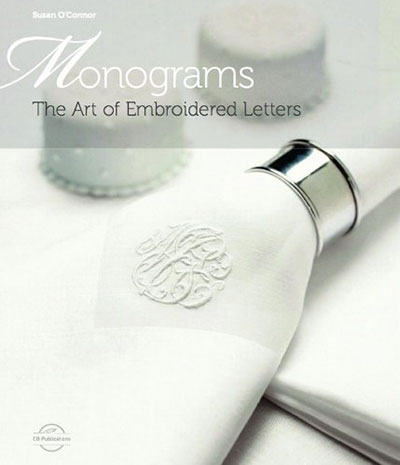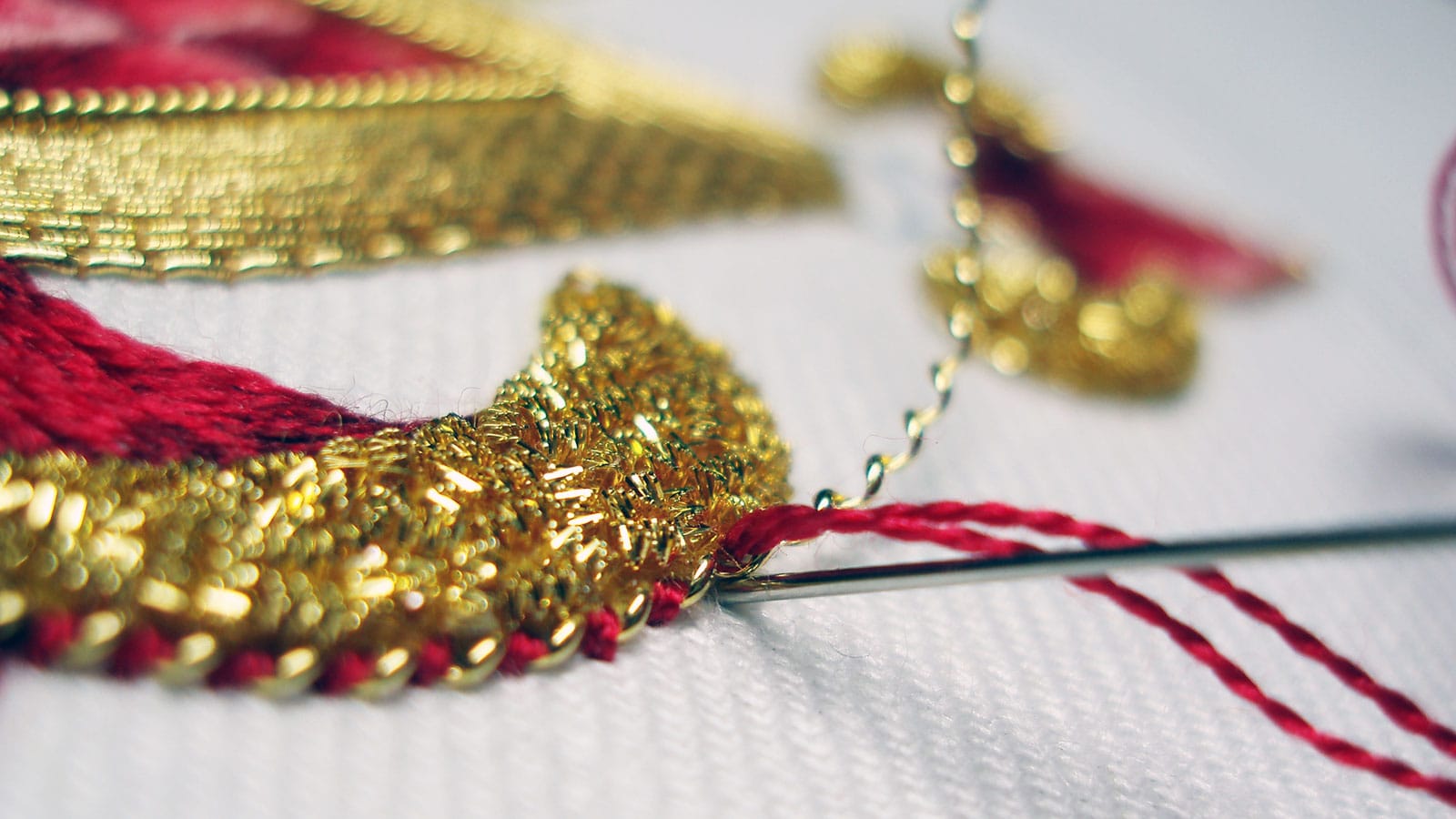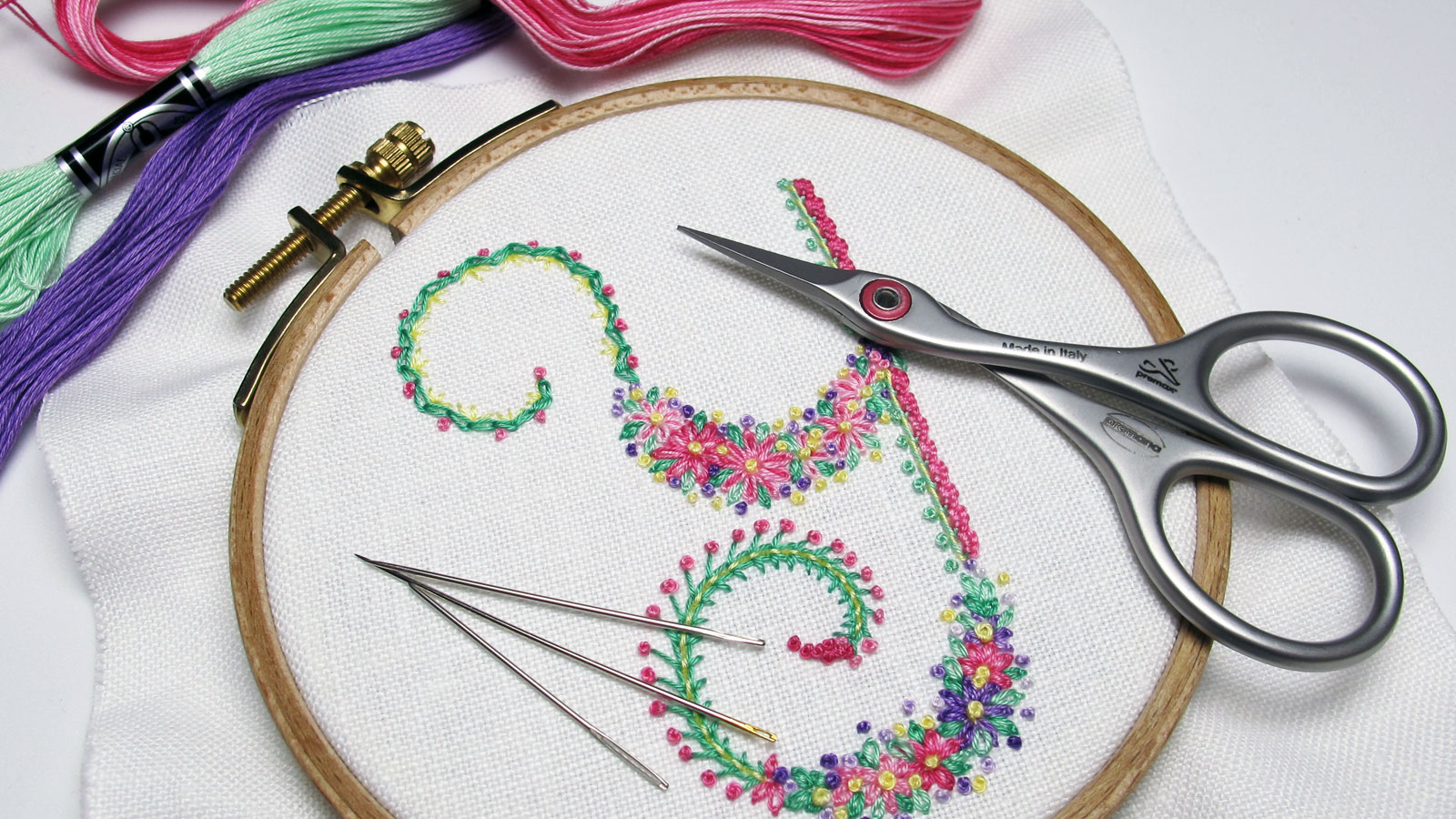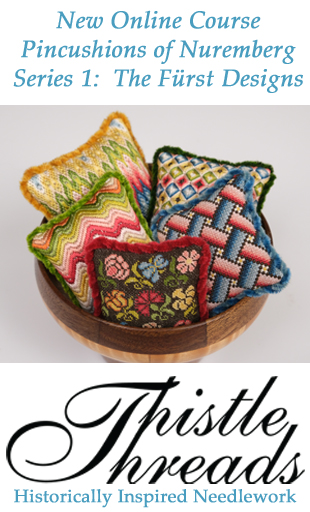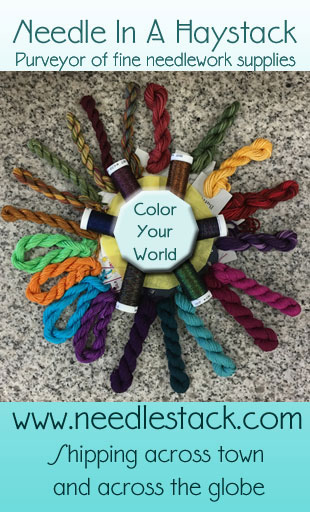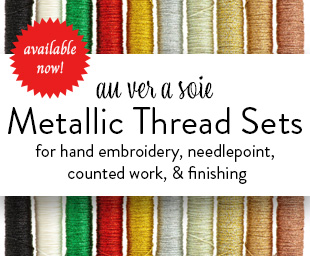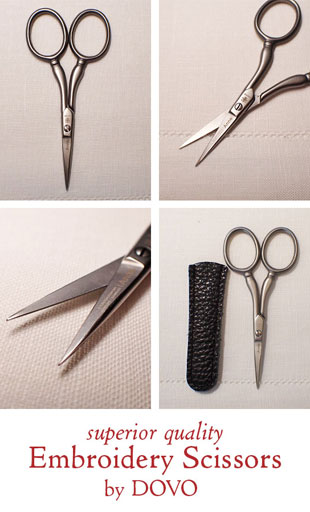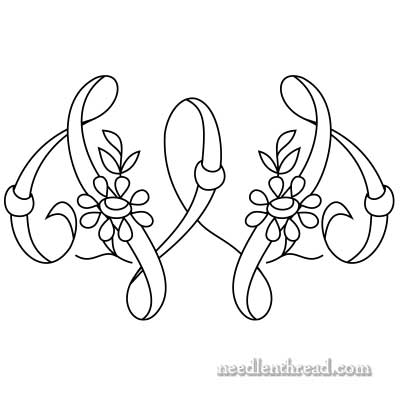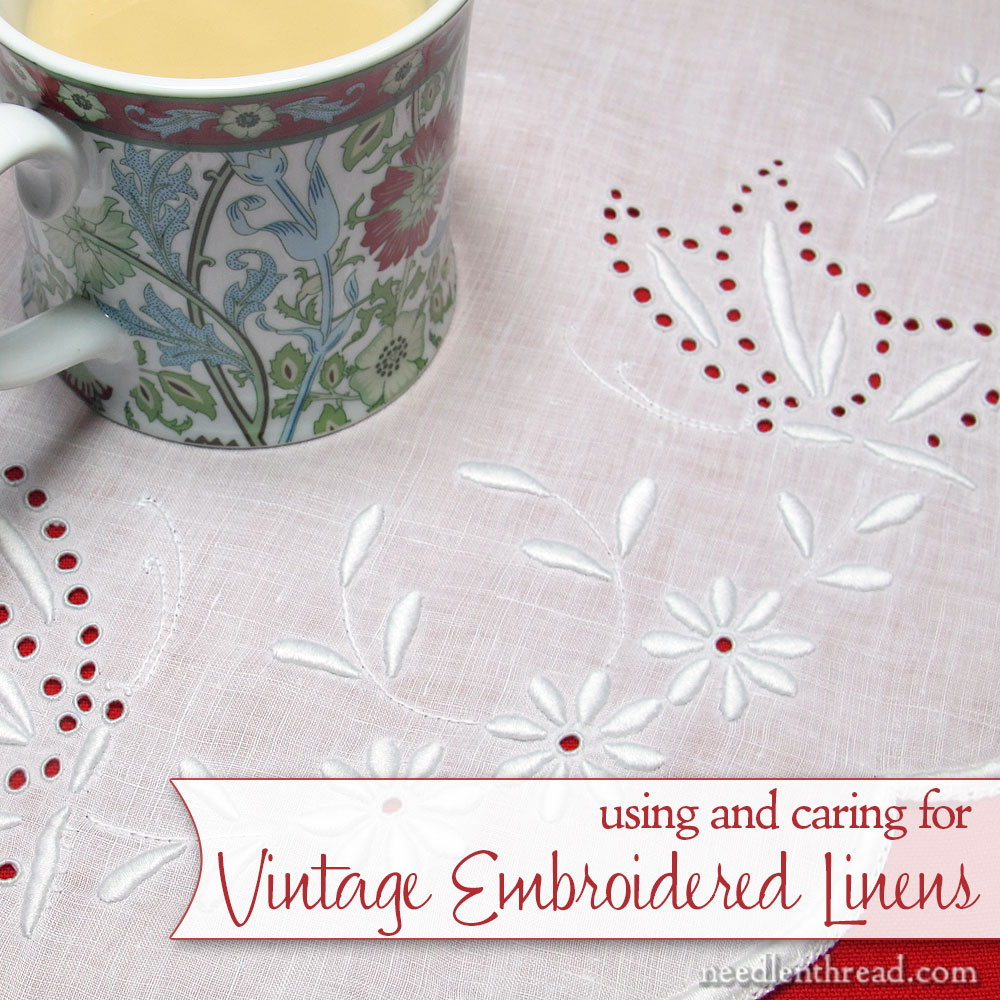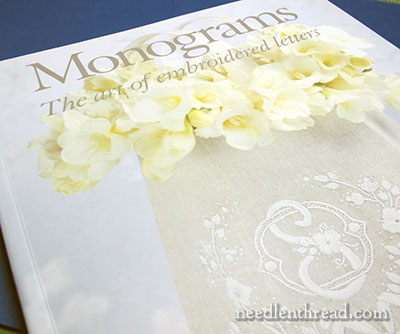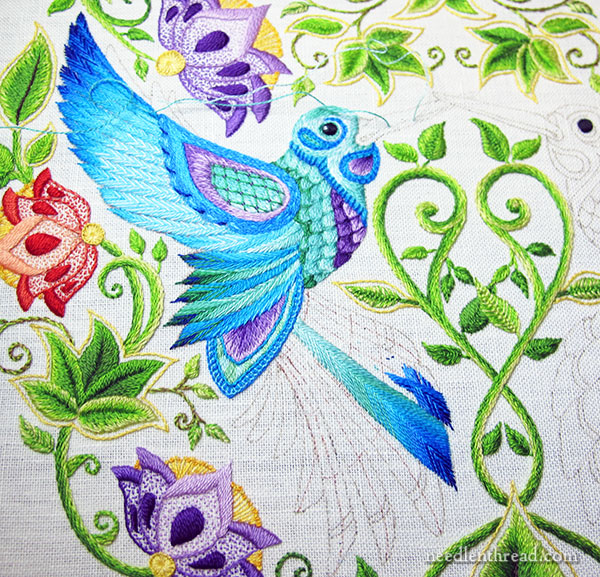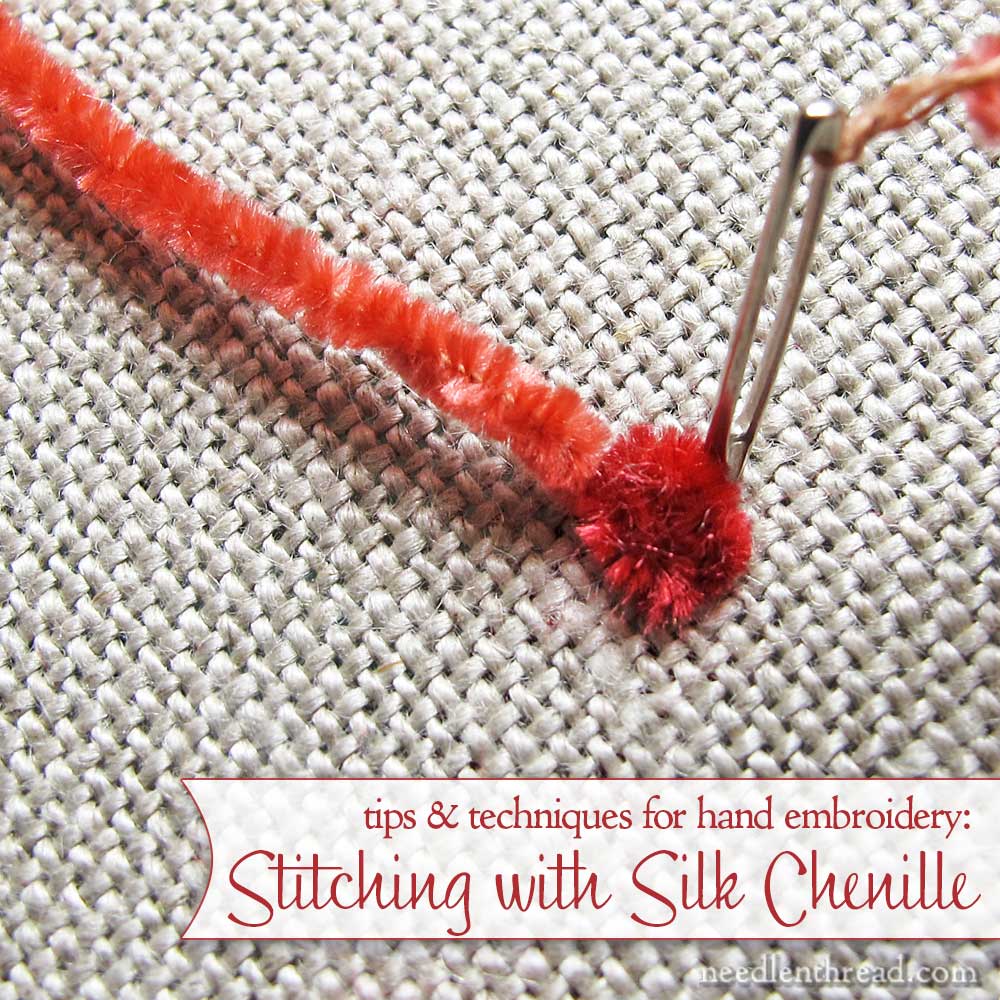I think we’ve all experienced it: that overwhelming frustration when, in the middle of an embroidery project, nothing is going right with the thread.
It’s tangling. It’s fraying at the eye. It’s fuzzing up. It’s shredding as you stitch. SHREDDING!!
Aaaaaaaaaaaack! You’ve had it up your eyeballs with the fibery little beast.
You might be tempted to say, “I can’t do this. I’m not good enough. It must be me.”
No no no. Pause a moment, and I’ll tell you something you might not know:
Generally speaking, with embroidery thread that’s causing Severe Frustration, the problem is not you or your stitching. The problem is the thread. Some threads are simply not made for hand embroidery. They might be made for needlepoint. They might be made for cross stitch. They might be made for knitting and repurposed (by resizing and repackaging) into an embroidery thread.
But they weren’t made with the intention of passing them repeatedly through a piece of closely woven ground fabric.
*Sigh* What to do?… What to do?
Well, you could ditch the thread and look for a substitute that will hold up to the rigors of hand embroidery. Or you could lessen the problems by changing something else in your approach.
Enter, the Chenille Needle.
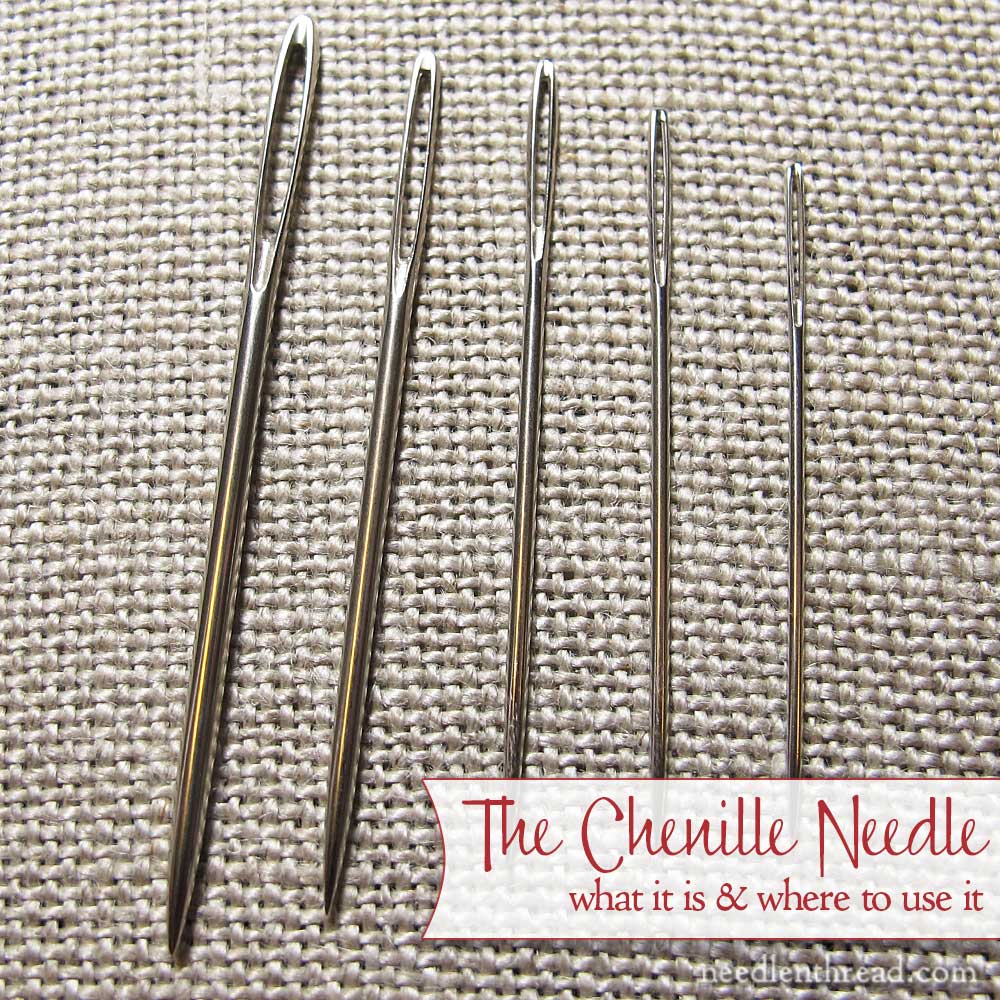 Continue reading “The Needle You Need!”
Continue reading “The Needle You Need!”
